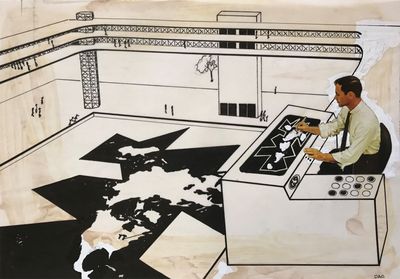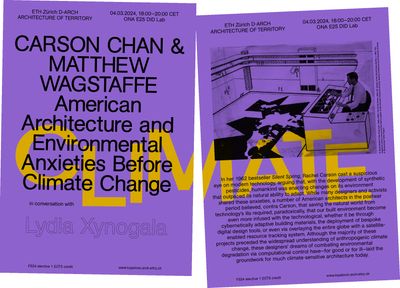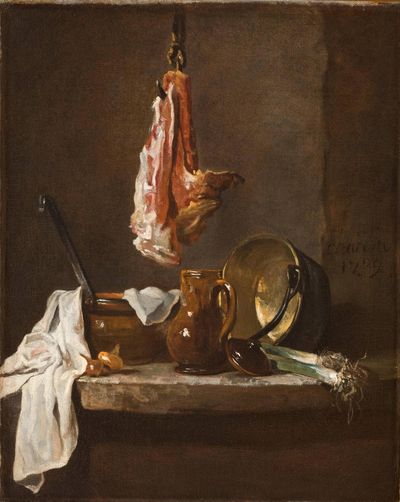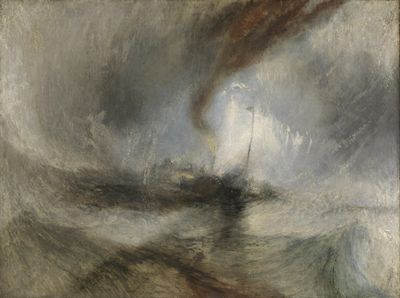American Architecture and Environmental Anxieties Before Climate ChangeCarson Chan and Matthew Wagstaffe in conversation with Lydia Xynogala
In her 1962 bestseller Silent Spring, Rachel Carson cast a suspicious eye on modern technology, arguing that, with the development of synthetic pesticides, humankind was enacting changes on its environment that outpaced its natural ability to adapt. While many designers and activists shared these anxieties, a number of American architects in the postwar period believed, contra Carson, that saving the natural world from technology’s ills required, paradoxically, that our built environment become even more infused with the technological, whether it be through cybernetically adaptive building materials, the deployment of bespoke digital design tools, or even via overlaying the entire globe with a satellite-enabled resource tracking system. Although the majority of these projects preceded the widespread understanding of anthropogenic climate change, these designers’ dreams of combating environmental degradation via computational control have—for good or for ill—laid the groundwork for much climate-sensitive architecture today.
Carson Chan is the director of the Emilio Ambasz Institute for the Joint Study of the Built and the Natural Environment, and curator in the Department of Architecture and Design. He develops and leads the institute’s manifold research initiatives through a range of programming, including exhibitions, public lectures, discussions, and fellowships. In 2012 Chan co-curated the 4th Marrakech Biennale, and in the following year he served as executive curator of the Biennial of the Americas in Denver. Much of his curatorial work explores the disciplinary boundaries of architecture. In 2004 he co-founded PROGRAM: Initiative for Art and Architecture Collaborations, a project space and residency program in Berlin. In 2013 he co-convened a three-day conference at Yale School of Architecture called Exhibiting Architecture: A Paradox?, which was anthologized by Actar Publishers. Chan regularly contributes to several publications, including Art Papers, Frieze, Log, Texte zur Kunst, and 032c, where he was formerly editor-at-large. His academic research focuses on the 20th-century convergence of architecture, ecology, climate, and media.
Matthew Wagstaffe is a research assistant at the Ambasz Institute. He helps to plan exhibitions and publications and researches the history of ecological design. For the past ten years he has worked with Salvage Art Institute, an organization dedicated to exploring the status of “totaled” artworks. He studied at the Yale School of Architecture, where he investigated the relationship between catastrophe modeling and the built environment. Currently he is the editor of Perspecta 55: Futures Index, an issue of Yale’s annual architectural journal focused on the competing projections that designers utilize to measure the impacts of their built works.






